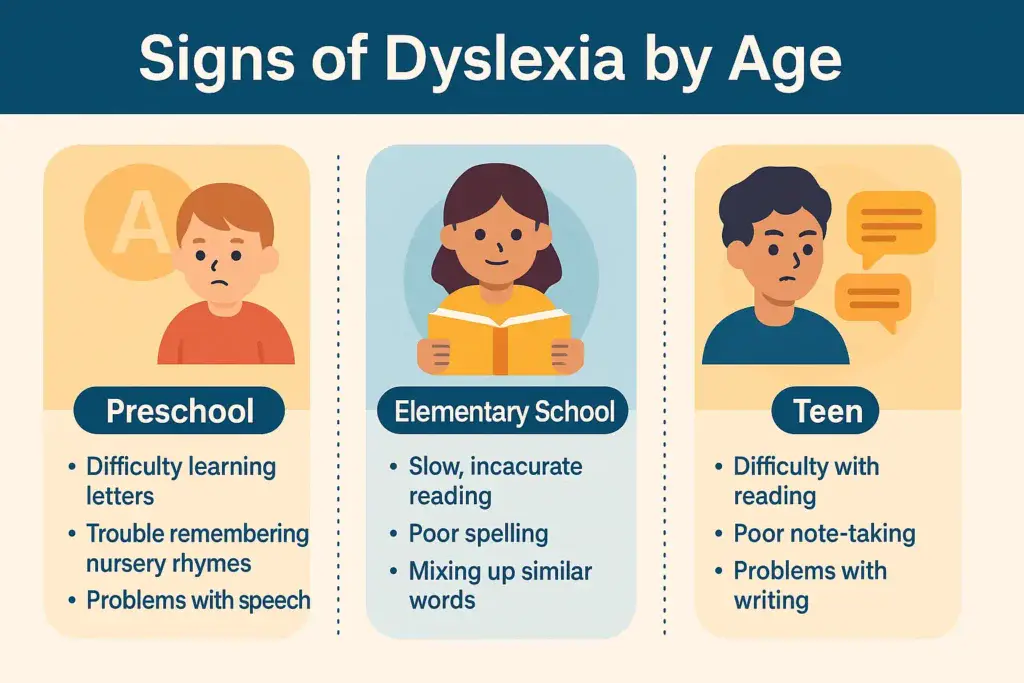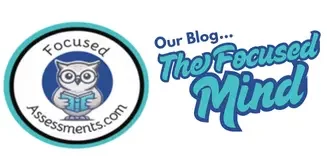Is My Child Struggling with Dyslexia Here’s What Every Parent Should Know In Gainesville, Texas
Introduction to Dyslexia and Parental Concerns

Watching your child grapple with reading or writing challenges can be heart-wrenching. You notice them struggling to remember letter sounds, mixing up words, or showing frustration during homework. You wonder if these struggles are just a phase or something more, such as dyslexia. Your concern is valid and shared by many parents. Understanding this condition begins with recognizing what dyslexia is and how it affects children differently.
Dyslexia is a common learning difference that impacts the way the brain processes written language. It is not related to intelligence or effort but rather to how the brain interprets symbols and sounds. The dyslexic brain can make reading difficult and slow for children affected by it. Many parents feel unsure about the next steps or worry that something irreversible may be happening. It’s reassuring to know there are effective ways to support children who face these challenges and that early help can make a significant difference.
Recognizing Common Signs of Dyslexia at Different Ages

Dyslexia signs often appear early but can be subtle and vary according to age and individual development. Recognizing these indicators can prompt timely assessment and support.
Signs in Preschool and Early Childhood
Young children in Gainesville, TX., may struggle with learning letters, remembering nursery rhymes, or articulating words clearly. Difficulty with phonemic awareness—the ability to hear and manipulate sounds in words—is often an early clue.
Signs in Elementary School Years
When children start formal reading instruction, challenges become more noticeable. Common signs include slow or inaccurate reading, trouble spelling, mixing up similar-looking letters, or difficulty following sequences of words. They might also avoid reading aloud due to fear of mistakes.
Signs in Older Children and Teens
As school work becomes more demanding, dyslexia may manifest as difficulties with note-taking, reading comprehension, and written expression. Children may be bright and creative, but they often exhibit inconsistent academic performance, particularly in language-related tasks.
Understanding Why Dyslexia Often Goes Undiagnosed
Dyslexia remains undetected in many children in Gainesville, TX., for several reasons. Sometimes, children develop coping strategies that mask their struggles, which can delay recognition. Others may have mild symptoms that do not trigger immediate concern.
Teachers and parents may attribute difficulties to a lack of effort or motivation rather than considering an underlying learning difference. Additionally, access to quality dyslexia screening for children may not always be available or prioritized. It is common for children to be labeled as “slow learners” without formal testing.
Awareness about the signs of dyslexia has grown, but misconceptions persist. Not every child who struggles with reading has dyslexia, and professional evaluation is necessary to distinguish this and tailor support appropriately.
The Importance and Benefits of Early Intervention
Early identification and support can have a powerful impact on a child’s confidence and academic progress. When dyslexia is addressed soon after signs appear, children benefit from specialized teaching methods that align with their learning style.
Reading difficulties in children become less overwhelming when proper strategies are in place. They acquire skills in phonics, decoding, and comprehension tailored to their individual needs. Early intervention can reduce frustration, promote positive self-esteem, and improve overall learning outcomes.
Ignoring or delaying help often leads to increasingly challenging situations. Children may develop anxiety, act out, or withdraw due to repeated difficulties in school. Timely support offers a pathway to success beyond academic performance.
What to Expect During a Professional Dyslexia Evaluation

If you suspect dyslexia, a thorough assessment by a qualified professional is the next step. Here’s what typically happens during this process:
- Initial Consultation: Discussion about your child’s development, family history, and specific concerns.
- Cognitive and Academic Testing: Evaluations cover areas such as reading accuracy, fluency, spelling, language skills, memory, and processing speed.
- Observation and Interviews: Information from teachers, parents, and the child helps build a complete picture.
- Review of Medical and Educational History: This helps identify any factors that may contribute to learning difficulties.
- Diagnosis and Feedback: The professional shares results with you, explains the findings, and suggests tailored strategies or interventions.
Knowing what to expect can ease anxiety. Testing is not about labeling, but about understanding how to support your child’s educational journey effectively. Many organizations now offer dyslexia screening for children, making it easier for families to seek clarity.
Practical Tips for Supporting Children with Dyslexia and Learning Differences
Parents play a crucial role in helping children with reading difficulties. Consider the following approaches that can make a real difference at home and school:
1. Build a Supportive Environment: Celebrate effort rather than perfection. Please encourage your child to share their feelings and challenges openly.
2. Establish Routine and Structure: Consistent routines help reduce distractions and provide a clear framework for learning.
3. Use Multi-Sensory Learning Techniques: Combining visual, auditory, and kinesthetic methods helps reinforce reading and spelling skills.
4. Break Tasks into Manageable Steps: Smaller tasks prevent overwhelm and boost confidence as your child experiences success.
5. Advocate for Accommodations: Work with your child’s school to implement appropriate accommodations, such as extra time on tests or reading assistance.
6. Promote Reading for Pleasure: Encourage reading materials that interest your child, including audiobooks or comics, to develop a love for stories beyond difficulty.
7. Seek Professional Help When Needed: Continuing with tutoring, therapy, or specialized programs offers valuable ongoing support.
Next Steps for Parents Seeking Help and Resources

Finding the right resources can feel overwhelming, but taking action ensures your child receives the necessary support.
Start by accessing tools designed to help parents identify potential concerns, such as the free Dyslexia Screener available at https://potential.focusedassessments.com. This tool provides an initial understanding to guide your decisions.
Consider booking a no-obligation discovery call with a specialist to receive personalized advice. Connecting with experts can clarify available paths and reduce uncertainty.
Join parent support groups or local organizations focused on learning differences. Sharing experiences and tips with others facing similar challenges can be reassuring.
Stay informed about evidence-based strategies and connect with educators who understand dyslexia. Teamwork makes a significant impact on your child’s success.
Conclusion with Encouraging Guidance and Helpful Actions for Parents in Gainesville, Texas.
Watching your child struggle can feel overwhelming, but understanding dyslexia marks the start of an empowering process. Recognizing the signs, seeking professional evaluation, and providing consistent support can significantly change the trajectory for children facing reading difficulties.
You are not alone. Many families navigate these challenges and find that early intervention not only transforms academic performance but also boosts confidence and self-worth. Small steps today lead to lasting benefits.
Begin by learning more about the signs of dyslexia, consider screening options, and connect with specialists who can provide guidance. Every child has unique strengths waiting to be discovered and shine. The path forward involves compassion, knowledge, and action — all within your reach.
Support is available, and your commitment is vital. Your child’s potential is worth every effort.

Mona White is an educator and diagnostician in Denton with over 30 years of experience in Learning Disabilities Testing. As a mother of two neurodiverse sons—one with ADHD and one with Dyslexia—she brings both personal insight and professional expertise to every evaluation. Having navigated public, private, and homeschool education, Mona understands the unique challenges families face. Her approach is compassionate, thorough, and tailored to support lasting success for children and adults alike.

